Interesting Guinea Pig Facts For Kids [Fun Facts] 2024
Guinea Pigs, scientifically known as Cavia porcellus, are rodents with short ears, a stocky body, and no tail. Also, it might surprise you that Guinea pigs are neither pigs nor Guineans and were bred in captivity that first appeared in the Andes. Guinea pigs are exceptionally popular as pets, weighing 700 to 1200g (1.5-2.5 pounds) and measuring 20 to 25 cm (8-10 inches) in length. They usually live four to five years on average but can live up to eight years.
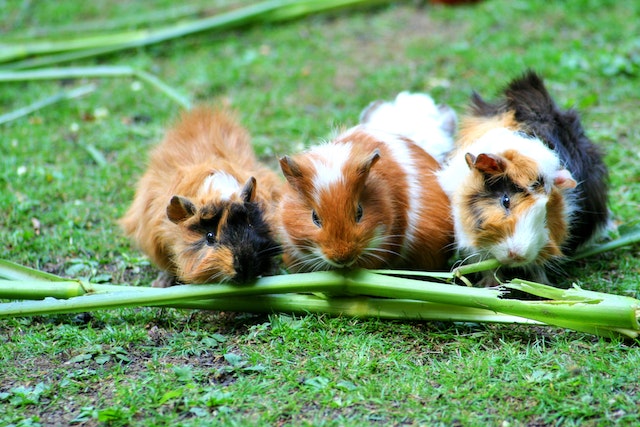
According to the Guinness Book of World Records, the longest-living guinea pig lived for 14 years and 10.5 months. In addition, Guinea pigs can discover complex routes to find food and remember the location accurately for months. Their most effective problem-solving strategy is movement, and Guinea pigs can jump small obstacles but cannot ascend and are not particularly agile. Read on to learn more such fascinating facts related to Guinea pigs.
12 Interesting Guinea pig facts for kids
Guinea pigs are herbivores and social creatures.
Guinea pigs (Cavia porcellus) are tiny South American rodents whose population has exploded due to their rising popularity as pets in the western society. However, you must note that wild guinea pigs are now less prevalent. They are naturally herbivores and eat primarily crops, seeds, vegetables, and fruits. Moreover, Guinea pigs are one of the most friendly rodent species and can be heard communicating through chirps and screeches. They prefer residing in groups and get frustrated and inevitably lose interest in all activities if they are not kept in groups of two or more!
There are over five million Guinea pigs in the world.
Given the continuous habitat destruction and human scavenging, these small animals no longer exist in the wild. However, because Guinea pigs have proven to be one of the most friendly pet animals in the world, their numbers are increasing as growers supply more and more of these cute little animals to licensed pet shops worldwide to meet customer expectations. Also, you might be surprised to know that there are approximately five million guinea pigs present in the world now.
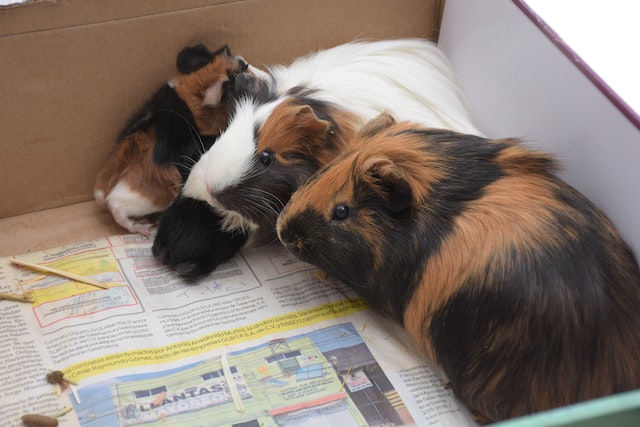
Guinea pigs mostly live in mountainous regions.
Guinea pigs’ natural environment is in South American mountain stretches with harsh climates, making them excessively adaptable due to their dense coat. In the wild, they spend the most time scrounging for food and traveling long distances while staying on the same path. They avoid open spaces with no shade or shelter because they are defenseless animals that can fall prey to predators. Also, Guinea pigs are highly adaptable rodent species that can live anywhere on the planet, as evidenced by their capability to sustain themselves as pets.
They have a lifespan of 5 years.
The Guinea pig has an estimated lifespan of five years in the wild. Domestic guinea pigs (Cavia porcellus) live for five to six years. Guinea pigs’ lives can also extend to a maximum of eight to ten years if they are appropriately maintained and fed a nutritious diet. The oldest guinea pig ever recorded lived for 14 years and ten months!
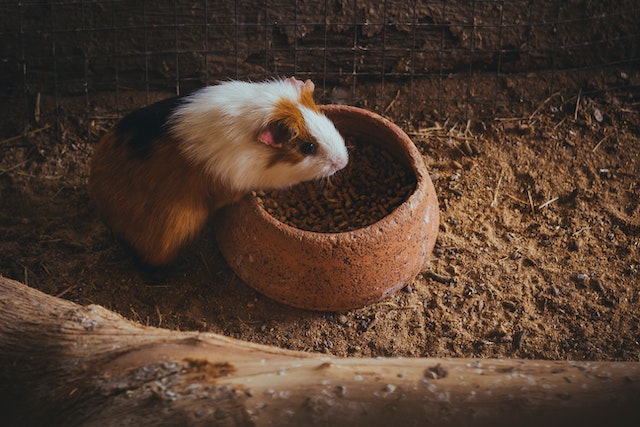
Guinea pigs are the least concern in the red book.
To date, four of the five guinea pig life forms found in South America’s wildlife remain classified on the IUCN Red List. The only exception is the Guinea pigs of Santa Catarina, Brazil, which have only 42 species left and are documented as threatened species on the IUCN Red List. As a part of the residential habitat, their numbers are increasing as they are bred as pet animals due to the high demand for cute pets! As a result, they are currently safe from extinction, and their preservation is of little concern to the rest of the world.
Guinea pigs have a very peculiar shape.
Guinea pigs have short, stout bodies, no tails, and huge heads with alert eyes. Their front legs have four toes, their back feet have three, and their pointed claws aid in burrowing. Moreover, Guinea pigs have a keen sense of hearing and odor, and their long whiskers contribute to their keen awareness of their surroundings. They have long, coarse fur in various colors, from brown to black to completely white. Apart from that, they have tiny ears in the shape of petals at the top of their heads. The eyes of a guinea pig are located halfway down the snout, between the ears and the nose.
A guinea pig weighs around 1100 gm.
Guinea pigs weigh differently based on their gender because they are dimorphic (a condition where males of a species are bigger than females). Males measure from 31.74 oz to 38.80 oz and females weigh from 24.69 oz to 31.74oz. The weight of guinea pigs may vary depending on the diet they are fed and their feeding habits.
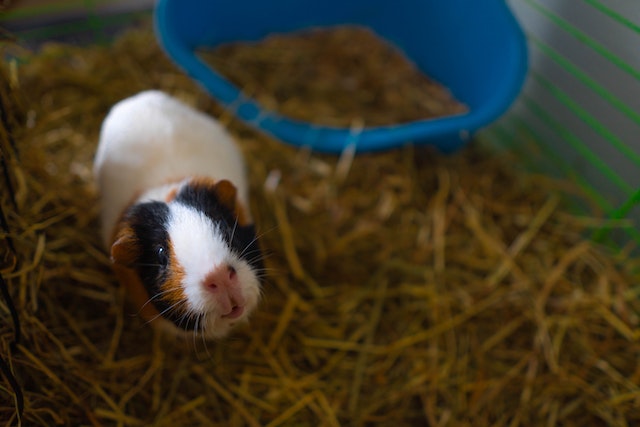
Guinea pigs are not related to ‘pigs.’
The American Guinea pig, hairless Guinea pig, Peruvian Guinea pig, and Abyssinian Guinea pig are the most prevalent breeds of guinea pigs discovered as pets in households around the world. They are called Guinea pigs, but they have nothing to do with pigs! They are tunneling animals that belong to the rodent genus. Physically, Guinea pigs have four primary incisors in the front of their mouth, which are constantly growing. Guinea pigs, like humans, require their daily dose of Vitamin C, which they can obtain through a balanced diet and high-quality pet food. Also, as disgusting as it may sound, Guinea pigs eat their feces! Their feces are typically composed of indigestible proteins and vitamins they can save for a snack.
Guinea pigs make for delightful pets.
Guinea pigs make excellent pets. They are very cordial and like to be handled delicately. Since they live in clusters in the wild, having at least two is a great idea because of their social conduct. A guinea pig hutch should be big enough for the animals to move freely. It should have a strong bottom and be well ventilated. Inside the cage, a corrugated or timber box with an expansive base and a hole cut in the side should be positioned as a separate sheltered area where the animals can sleep or hide if they are scared. The cabinet should remain placed in a secluded area.
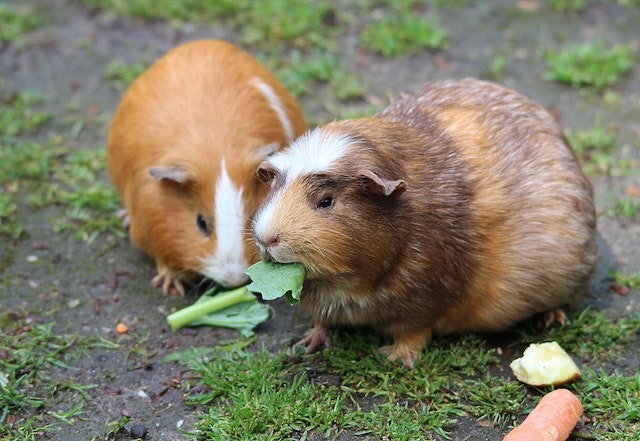
Guinea pigs can stay awake for 20 hours a day.
Guinea pigs are incredibly active and can stay awake for up to 20 hours daily! It means they require a lot of room to move around in. This area can be either indoors or outdoors, but it should include a sleeping area and a large exercise run where your guinea pigs can discover, run around, and play.
Furthermore, you should pet Guinea pigs indoors if the temperature falls below 15 degrees Celsius. If you can’t keep your guinea pigs inside, ensure they have plenty of bedding to keep them warm.
Guinea pigs are great adventurers.
Before you get guinea pigs, you should be aware that they are explorers. They have exceptional situational awareness and a keen sense of smell and hearing. They can also see above and around themselves due to the shape of their head!
They use these sensations to find hiding places and nooks- and crannies for refuge. Small caps and tunnels in their casing should help your guinea pigs feel secure and happy. It gives your guinea pigs somewhere else to explore and hide.
Guinea pigs are too wary.
Guinea pigs are wild predatory animals. It means they are innately wary and prefer to hide. When confronted with new sights or aromas, your guinea pigs’ first impulse will be to freeze. It is another reason guinea pigs, whether kept inside or outside, benefit from various toys, hiding places, and tunnels.
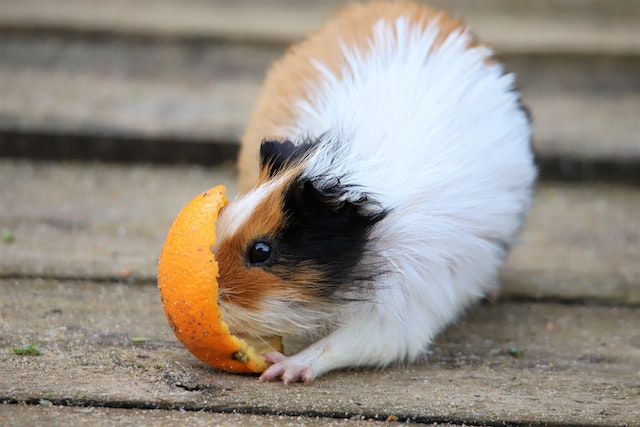
Conclusion
All in all, Guinea pigs are friendly pet animals with a high intelligence level. So if you intend to adopt some, you should consider how much mental stimulation they require. Whether your guinea pigs are indoors or outdoors, a mixture of space, toys, and things to discover will keep them entertained.
